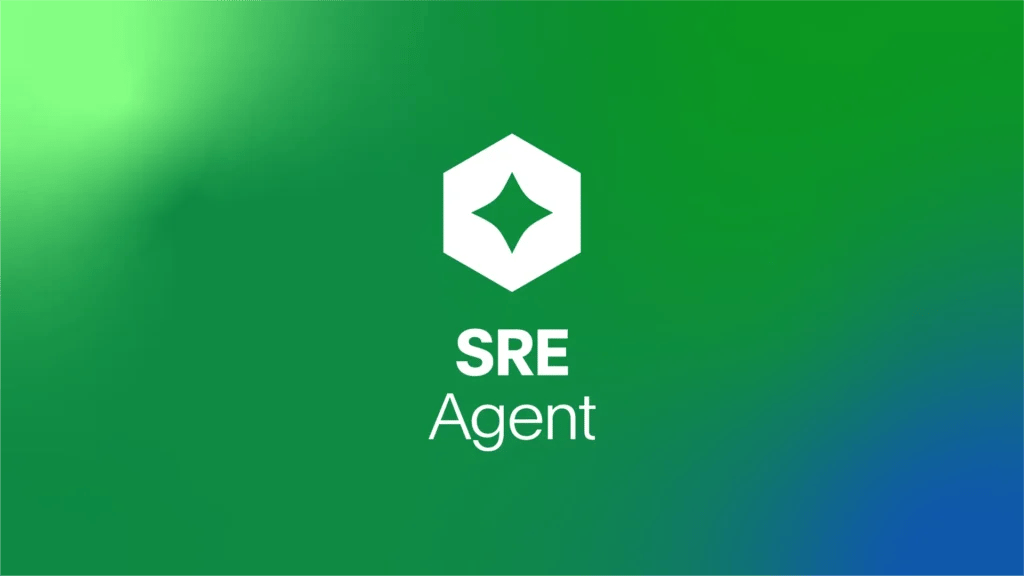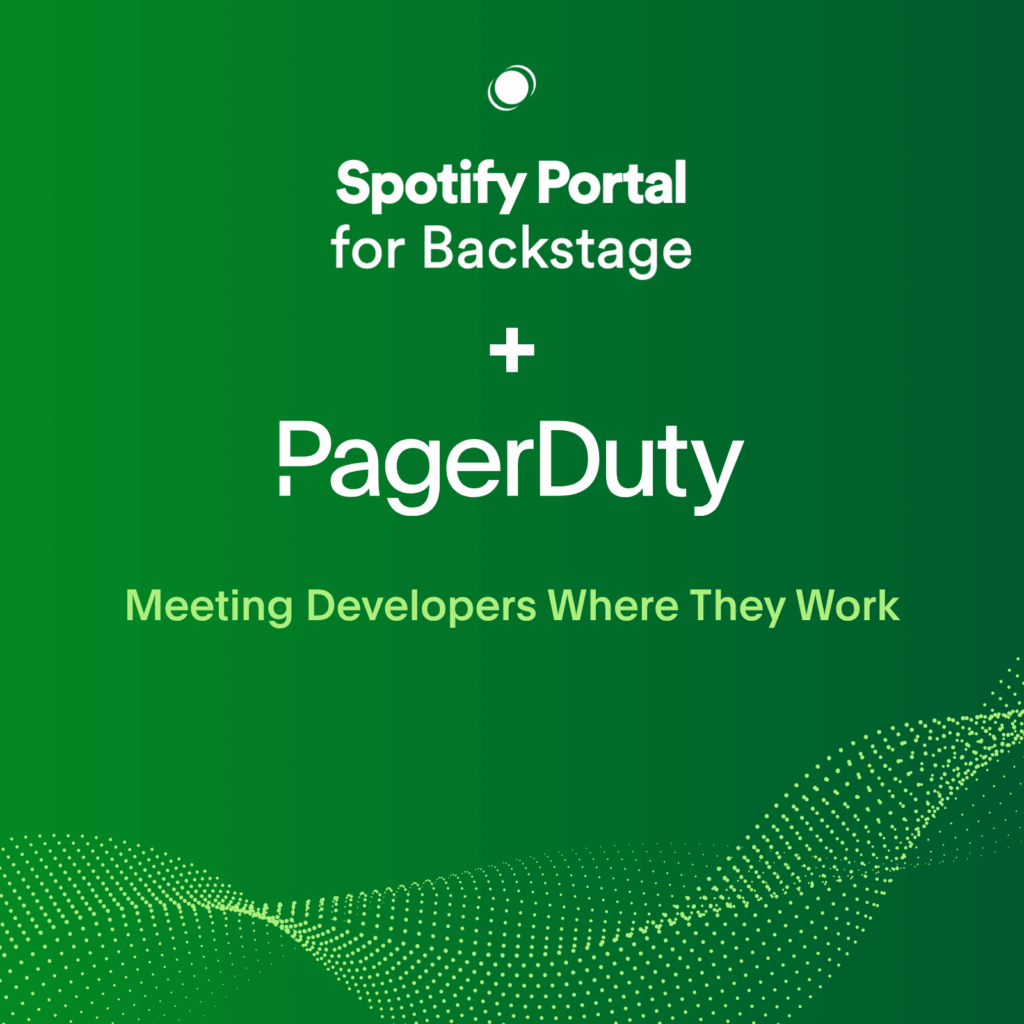Build Organizational Trust With PagerDuty Business Response
Imagine the following scenario: A large retailer experiences a major IT incident that impacts their point-of-sale systems. Their on-call engineers are alerted to the issue and begin their work to resolve it immediately. Behind the scenes, teams are collaborating on a fix, but in the storefront, frustration and tension are growing. Customers are complaining about not being able to check out, and in-store personnel have no good answers as to why the outage happened—or when it will be resolved. They are left to fend for themselves and risk losing valuable customers.
As you can see from the example above, incident management doesn’t end when you page the on-call engineer or technical responder. There are often a variety of impacted business teams that need to be informed or take action that are downstream from an issue. When a problem is detected, it is critical that your incident strategy extends through to the last mile, enabling business teams to act and respond to customers quickly. This not only builds customer trust, but fosters trust with the other teams in your organization, too.
Sharing incident updates across your organization is a critical aspect of holistic incident response. Successful business orchestration during an incident creates a better customer experience and improves everyone’s ability to carry out their role in the technical and business response effectively. Timely and accurate incident communications:
- Minimize negative brand and revenue impact of incidents
- Reduce organization-wide productivity loss during service disruptions
- Enable field teams and raise awareness of business impact across the organization
PagerDuty’s Business Response solution was designed specifically to help response teams share high-quality updates across their organization to the right people, in real time, and with as little effort as possible.
Let’s take a look at some of the features.
Status Dashboard
Incident communication is critical to enable a real-time business response to incidents. The Status Dashboard shows the live status of all business services, information about ongoing incidents, and business service history, and can be viewed on both web and the mobile application. By default, this dashboard is set up to show your highest-level business services based on your dependency structure. However, for customers wishing to see a more customized view, there is an unlimited number of additional dashboard views to display different groups of business services. Anyone in your business teams can stay informed about issues or outages that may impact the business through stakeholder licenses, which are offered in low-cost, large bundles for more price-effective distribution.
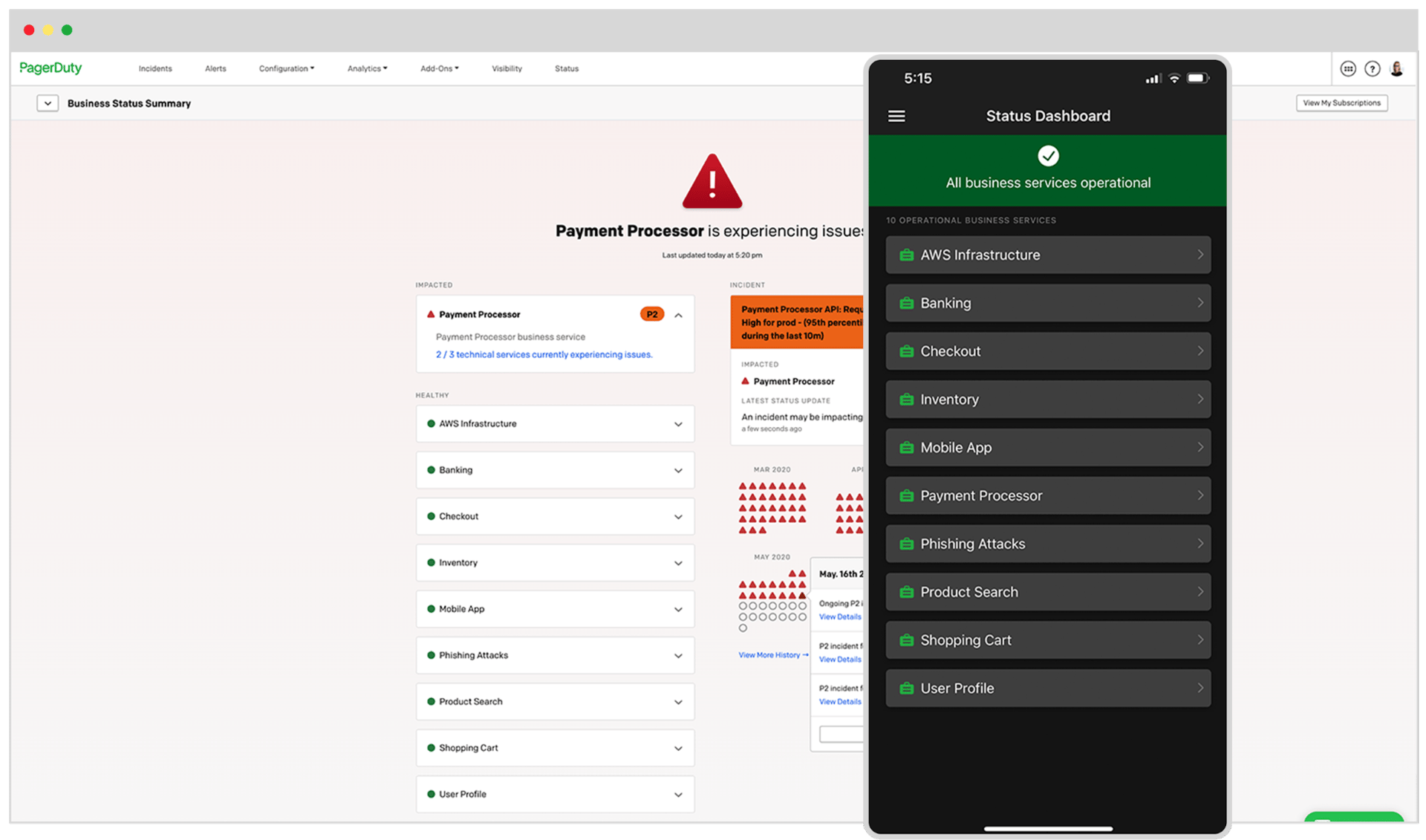
Business Service Subscriptions
Your incident communications process should strive to share the right information with the right people in real time. But with a dizzying number of dependencies and potential stakeholders, how do you ensure this happens? With PagerDuty business service subscriptions, any user subscribed to a business service will receive status update notifications for any incidents that impact that particular business service. All users, including Limited Stakeholders, can self-subscribe to business services. In our September platform release, we announced that account managers and admins can also manage business service subscriptions for other users and teams, and can even specify that all existing and future new users be subscribed to specific business services by default.
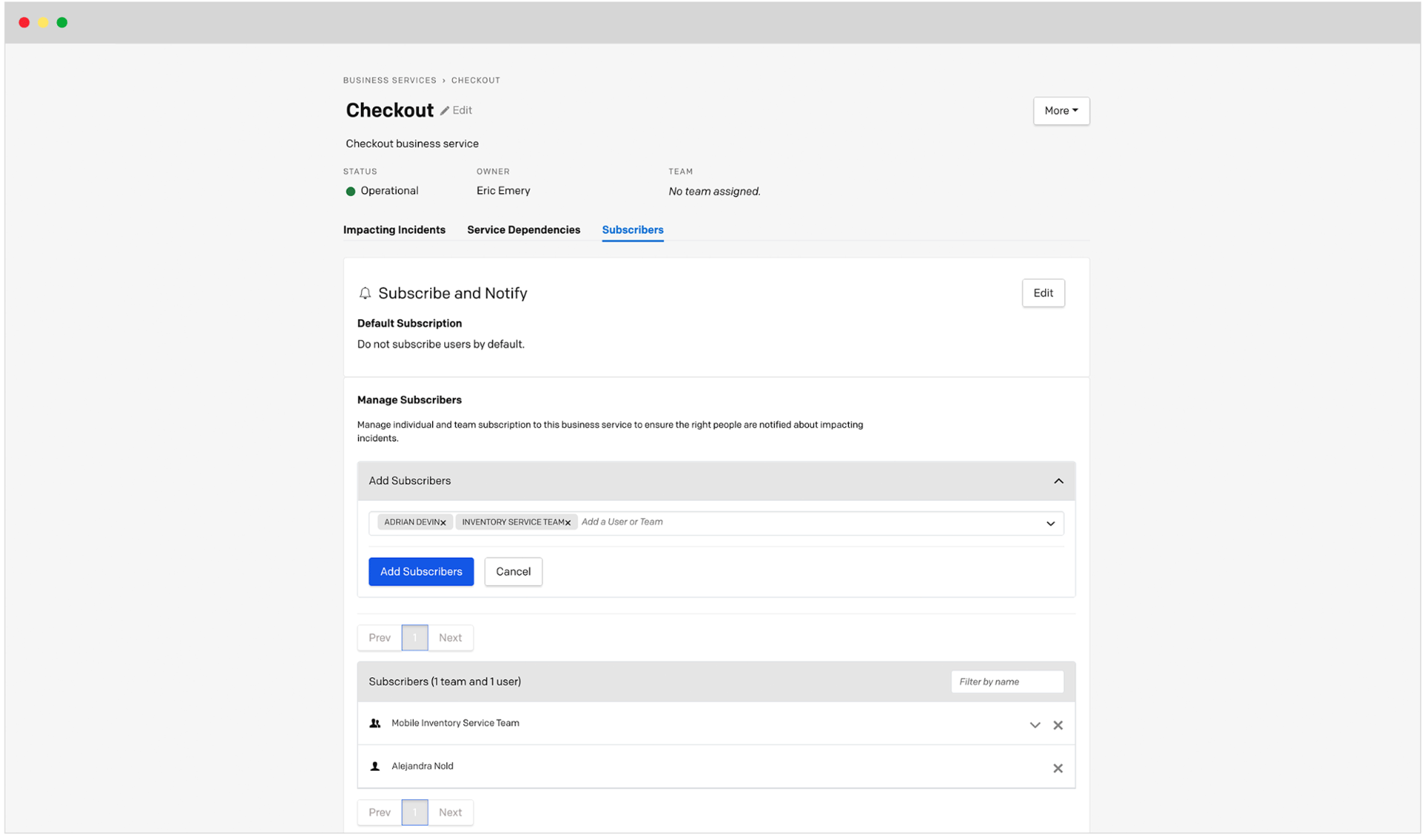
Status Update Notifications
In order for stakeholders to be properly engaged with the notifications they receive, they should have control over how and when they receive notifications. By giving business users complete control over the notifications they want to receive, Status Update Notification Preferences increase stakeholder engagement and business service subscriptions. Users can determine how they want to receive alerts (SMS, push notifications, email, or phone call) and the number of times they are notified.
In the example described at the beginning of this blog, there could be thousands of business stakeholders that rely on receiving critical information that impacts their jobs and customers. That’s why it’s important to have a business response solution that scales with your organization. Bulk notifications make it easier to keep entire organizations informed during major outages and help business stakeholders mitigate business impact. PagerDuty now supports notifications for 10,000 users and will support notifications for up to 20,000 users by the end of the year.
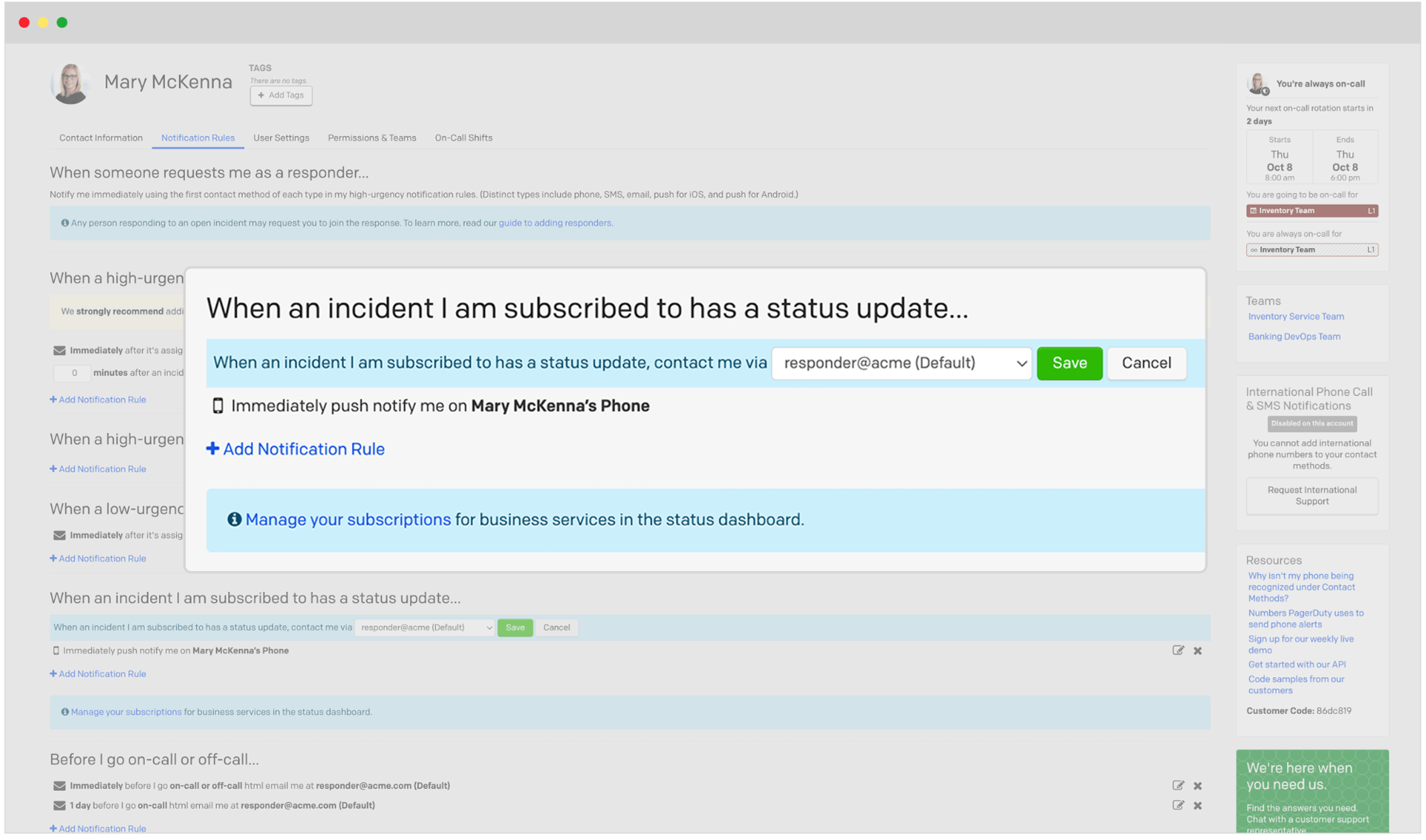
Incident Communications Your Stakeholders Deserve
PagerDuty’s Business Response helps organizations minimize downtime, create more trust and transparency between teams, and offer a better customer experience during mission-critical moments. If you’d like to learn more about PagerDuty Business Response, check out the webinar Incident Communications Made Easy With PagerDuty Business Response to hear about a real customer example of improving incident communications with PagerDuty, and see a demo of the solution in action. You can also sign up for a free trial to test it out for yourself.
